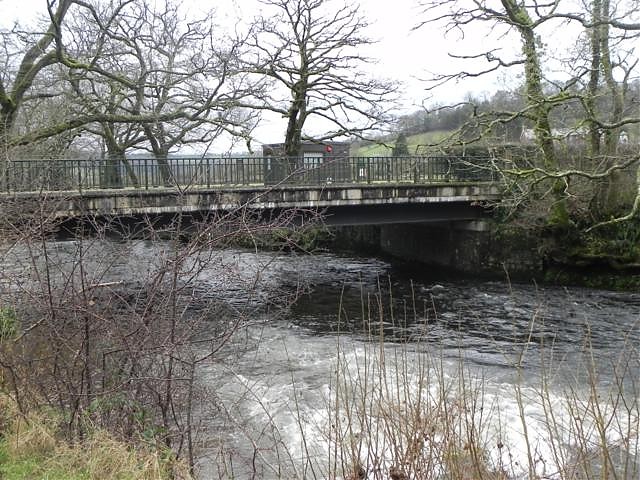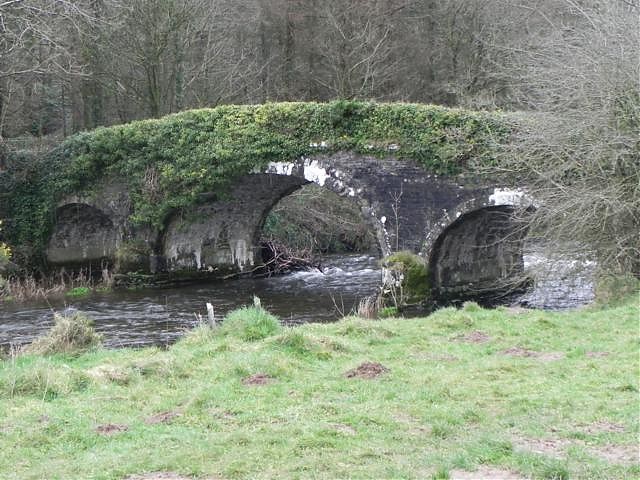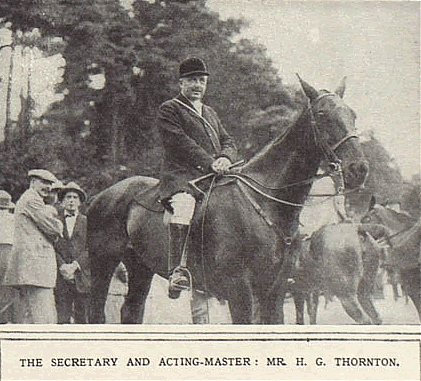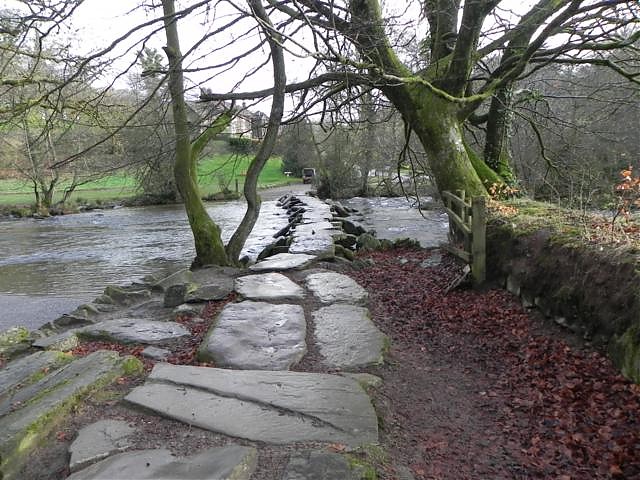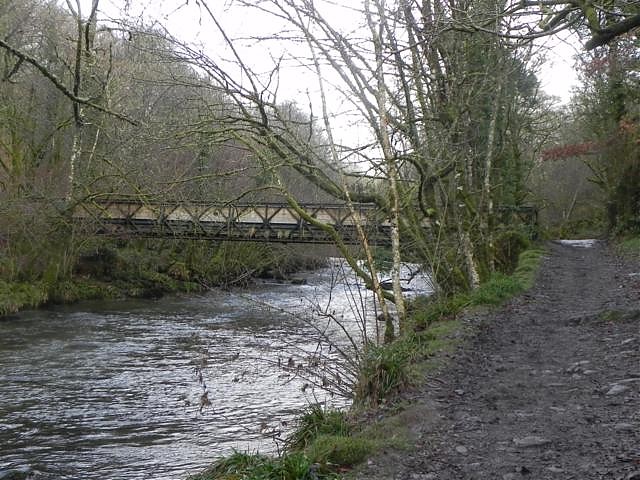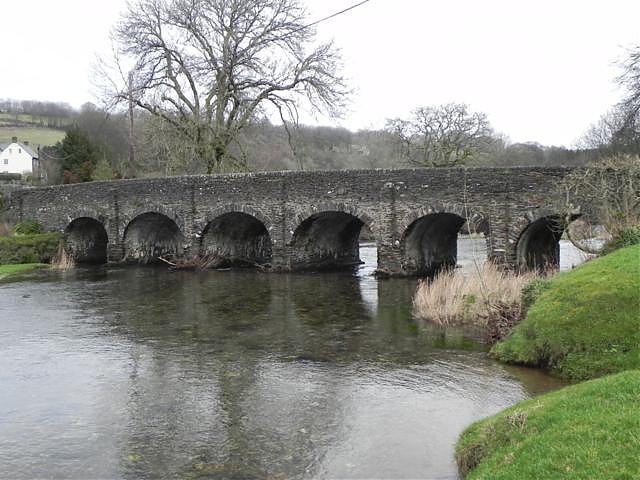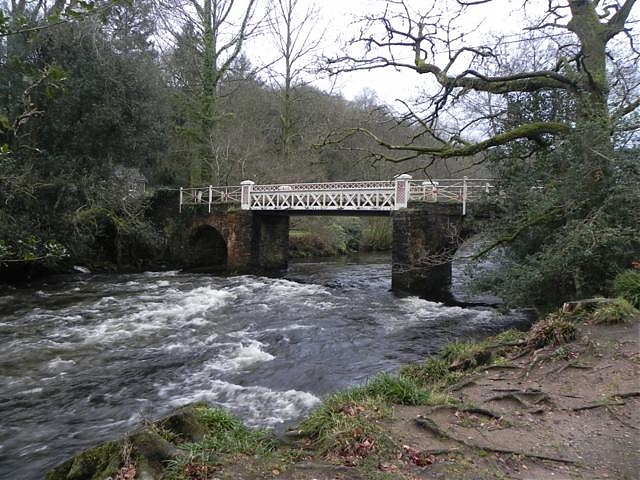
Bridge Name: Marsh Bridge
No.: 14
Location: SS 9069 2894
Build Date: C18
Engineer:
Description:
Road bridge over River Barle. Probably C18, repaired 1818-9, altered 1866-7 when central pier removed and iron bridge inserted, parapet destroyed 1952, reconstructed in steel 1979-80. Early C19 repairs by John Stone, mid C19 alterations by County Surveyor, Arthur Whitehead, iron work by Hennet and Spink of Bridgwater. Flat bedded local stone, rubble voussoirs and steel. Plan: semi-circular head arched outer bays, centre spanned by steel bridge resting on pointed cutwater piers. Latticework steel parapet, pyramid topped lattice work piers flanking centre span, recurring motif of St Andrew’s Cross. The original use of cast iron was suggested in 1851 by the preceding County Surveyor Richard Carver. A chapel of ease was erected in the mid C19 on the north bank beside the bridge by John Locke of Northmoor (not included), which burnt down 1909. (Greenfield, Exmoor Review, 1980; photograph in NMR, Buchanan, Batsford Guide to the Archaeology of Central and Southern England, 1980)1
re-built 1866; re-decked 1947; re-built 1979; SCG 9.11.1979;2
Marsh Bridge, a mile or so above Dulverton, is now an iron bridge on stone piers. It bears the date 1865.3
References:
1.Exmoor National Park HER – MSO10831
2.Somerset Roads – The Legacy of the Turnpikes – Western Somerset J B Bentley & B J Murless
3.The Ancient Bridges of the South of England – Jervoise

